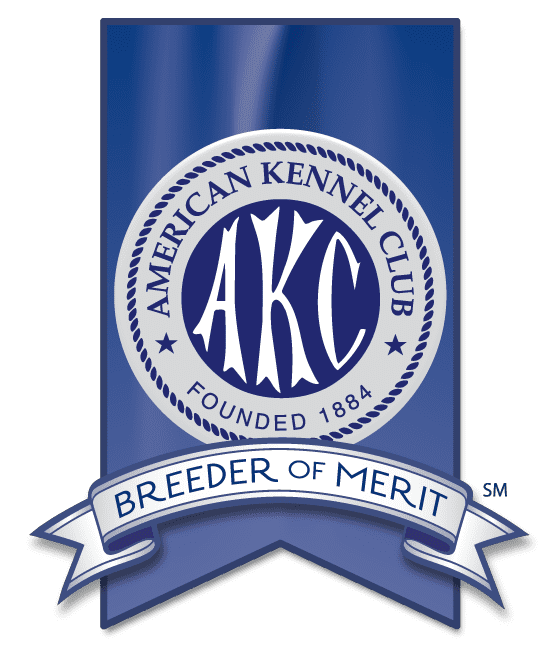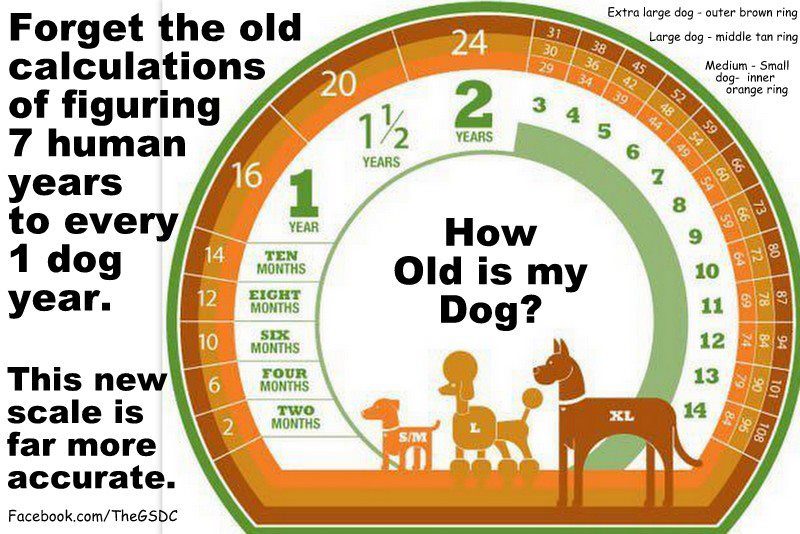
WINDROCK LLC
Recognized by the AKC as a
PLATINUM LEVEL BREEDERS OF MERIT


FEEDING AND CARE
Here you will find helpful tips on how to feed and care for your Greyhound. We don't claim to be experts in the field nor do we represent ourselves as qualified nutritionists or veterinarians, so it is recommended that you keep that in mind when reading what follows here. Some veterinary doctors in particular are vehemently opposed to feeding dogs anything but highly processed kibble out of a bag. Growing evidence strongly supports raw or natural feeding and that is what we do here. This is a work in progress, so please bear with us while we build this page. We appreciate input from others, so please feel free to send suggestions to windrockgreyhnds@gmail.com and be sure to include article credit if known. Thanks!
What Are The Best Dog Foods On The Market?
Boy, that's a topic sure to generate some heated discussion! Manufactures spend lots of dollars to convince consumers what to buy. Hint: The most advertised ones aren't the best.
Here is the best link we have come across that lists most brands of commercially processed dog foods and ratings. Definitely worth investigating and some of the heavily advertised brands do not score well. I found the information most illuminating
Click the link below:
What is the proper weight for my greyhound? This is one of the best articles we have seen on the subject of how to tell if your Greyhound is too fat, Proper Greyhound Weight
About Commercially Processed Pet Foods~
This is a dump truck/trailer load full of a meat meal ingredient being delivered to a pet food manufacturing plant.
Similar deliveries of bulk ingredients are probably being unloaded at one or more pet food plants as you read this. The purpose of sharing this image is not to judge the quality of the ingredient (though not likely, this could be an image of the finest meat meal ingredient on the planet), the purpose of sharing this picture is for the reality of most pet food manufacturing to be known to all.
Reality…
That ‘meat’ in the picture above could be the only meat ingredient in your pet food.
The ‘meat’ in the picture above has already been cooked once (and ground to a fine powder), next it will be cooked again during the extrusion process.
8,000 pound batches of pet food is a small batch of pet food.
I am not saying bulk pet food manufacturing is bad – I am saying these are the hard facts.
This is not what consumers think about, but it should be. It is the reality of mass produced food (human or pet).

Dinner Time At WINDROCK!
Quote from Dennis McKeon, a professional Greyhound Trainer~
"Kimberly is one of the greyhound breeders and raisers who really has it all together. The only dual Hall Of Fame (Irish and US) trainer of Greyhounds once told me something very simple yet very true. Having inquired of him about a certain individual's talents as a trainer, he said to me something I never forgot. "If you want to know how good a trainer someone is, just look at their dogs." When you look at Kim's dogs, even in photos, her skills, expertise and attention to detail just about jumps off the screen at you".
High praise from an expert who knows intimately exactly how to feed and condition greyhounds!
We believe Mother Nature knows best and our hounds are fed wholesome, human grade foods including, beef, lamb, pork, chicken, wild game, fish, whole farm grown eggs (including shells) dairy products, fruits, vegetables, etc.
We have found it is not only far healthier for our dogs to eat as Mother Nature intended (just think how healthy YOU would be if all you ate was highly processed foods), but also that it is cheaper to feed them that way.
While we try to incorporate as little kibble as possible in our dogs' rations, sometimes we can't feed the entirely natural diets that we prefer.
Innova, Fromms, Wilderness, Blue Buffalo, and Dick Van Patton brands are good and are premium foods that we currently are using. We have had good success with the Purina Shredded foods. We DO NOT feed grain free foods! We much prefer the oven-baked foods, and they can be difficult to find.
No one paid us to make these recommendations, we are just saying that these are the kibbles we have used and have been satisfied with. We NEVER feed more than one cup of kibble at any feeding, and I personally prefer a portion of 1/2 cup or less. We ALWAYS feed some natural or raw foods with each meal and our adult hounds are fed twice daily.
Here at WINDROCK LLC, we feed beef and offal from these beef to our greyhounds. But that is not all they get. Variety is the spice of life, and a well-balanced diet comes from many sources.

Some Great Advise For The Canine Senior Citizen~
By Dr. Becker
The canine lifespan seems too short, doesn't it?
By the time a large breed dog is 10 years old, he's considered retirement age in human years. Giant breeds age fastest of all, but even the littlest guys at age 18 are the equivalent of a 90-year-old human.
Most committed dog owners want to keep their furry companions with them as long as possible, well into old age. Caring for a happy, healthy senior means providing:
Physical and emotional comfort as your dog ages
Balanced, species-appropriate nutrition, especially high-quality protein
Ongoing, regular opportunities for exercise, socialization and mental stimulation
Providing Physical and Emotional Comfort to an Aging Dog
If your dog seems physically uncomfortable, it's important not to assume it's just a natural part of aging. You want to make sure she's not in pain, so a visit to the vet is in order.
Twice-yearly vet visits are very important for older pets so that you and your vet can stay on top of physical and mental changes that may indicate a disease process underway. The sooner a health problem is diagnosed and treated, in most cases, the better the outcome.
Keeping your pet at a healthy weight and physically active will help control arthritis and degenerative joint disease as he ages. Chiropractic adjustments, stretching, water exercises, and acupuncture can also provide enormous benefits in keeping dogs mobile in their later years.
There are also supplements that can be added to your dog's diet to help maintain healthy tendons, ligaments, joints and cartilage. These include glucosamine sulfate with MSM and eggshell membrane, omega-3 fats (krill oil), ubiquinol, supergreen foods like spirulina and astaxanthin, natural anti-inflammatory formulas (herbs, proteolytic enzymes and nutraceuticals), and Adequan injections, which can stimulate joint fluid very rapidly in pets with arthritis.
Regular massage can help keep your senior pet's muscles toned and reduce the slackening that comes with aging. Massaged muscles are looser, which makes it easier for your pet to move around comfortably.
Massage also improves circulation and encourages lymphatic drainage. It can ease the stiffness of arthritis, which helps your pet maintain his normal gait and active lifestyle. Massage also loosens the muscles around joints, which helps promote ease of movement.
If your dog is having some urine dribbling or incontinence as a result of his age (and not caused by an underlying condition that should be addressed), provide him with more frequent potty trips outside. You can also reintroduce him to his crate if he was crate trained initially.
If your dog has problems hearing or seeing, use odor cues like scented candles or other aromatherapy products to help him find his way around.
Consider purchasing or building ramps for a dog who is having trouble getting into the car or up on the bed or a favorite chair.
For sleep problems in older dogs, try increasing his daytime activity level. Let your pet sleep in your bedroom. Sleeping near you should help ease any anxiety that is contributing to his nighttime restlessness.
Guide your dog with clear cues and easy-to-follow instructions, especially if he's showing signs of mental decline. And when you talk to your dog, keep your voice quiet, calm and kind.
The Importance Of High Quality Protein For The Older Pet
Contrary to what many pet owners and even veterinarians believe, studies indicate dogs (and cats) need more protein as they age, not less.
The reason senior dog food formulas boast reduced protein content is because the poor-quality protein they use is difficult to digest, especially for older dogs who've been fed the stuff all their lives.
The rendered protein sources used by most major pet food manufacturers put chronic strain on the kidneys and liver, so by the time a dog is into her senior years, her organs can no longer do their job efficiently. This is why commercial reduced protein diets for senior pets were created.
It's an unfortunate situation, because your dog actually needs more protein as she ages – not less – in order to maintain healthy lean muscle mass and good organ and immune function. But the type of protein most dogs thrive on is whole, unprocessed, and preferably raw.
Older Dogs Still Need Exercise, Socialization and Mental Stimulation
Senior and even geriatric dogs still need daily exercise to maintain good health and a resilient frame. Certainly older dogs can't exercise or compete with the same intensity as the younger set, but they still need regular walks and other age-appropriate physical activity.
There are three types of strengthening exercises that can also be of tremendous help to aging canine bodies:
Passive range-of-motion (PROM) exercises can benefit both incapacitated and physically healthy pets.
Balance and proprioception (spatial orientation and movement) exercises help older pets remain flexible while also encouraging improved balance and physical stability.
Targeted strengthening exercises are designed to work the big muscle groups that help with standing, walking and running.
No matter how old your dog is, she still needs regular social interaction with other pets and/or people. As is the case with humans as we age, if your four-legged family member doesn't stay active and involved in life, her world can become a confusing, intimidating place. She needs regular exposure to other pets and people, but take care not to over stimulate your dog – short periods of socialization and playtime in controlled situations are ideal.
Enriching your dog's environment can help to alleviate or stall the mental confusion and decline of cognitive function that often come with old age. Sticking to a predictable daily routine can help reduce a pet's anxiety and mental uncertainty.
Puzzle toys like the Clever K9 provide fun and mental stimulation.
Supplements that can help improve mental decline in aging dogs include S-adenosylmethionine (SAMe), vitamin B6, vitamin E, resveratrol, ginkgo biloba, and phosphatidylserine.

